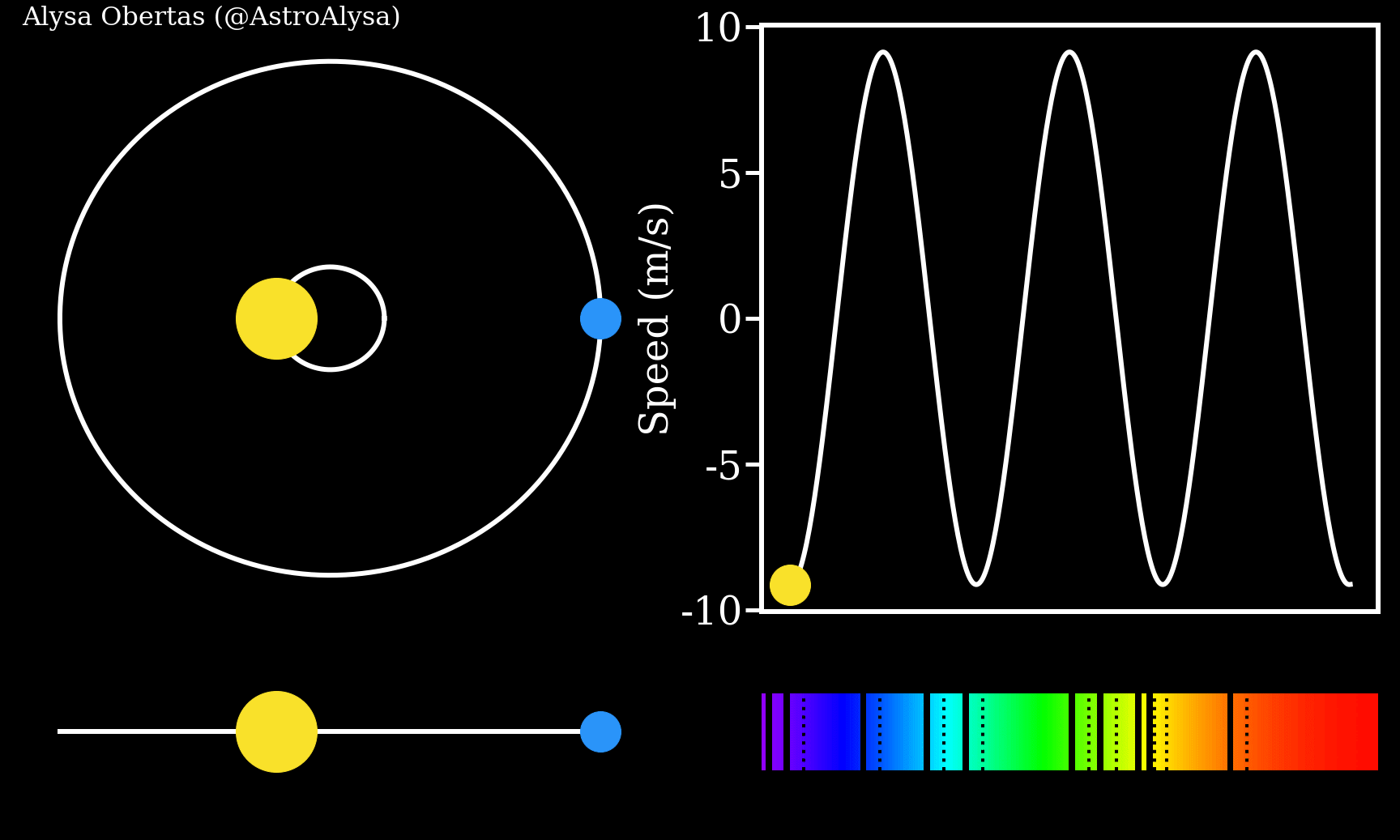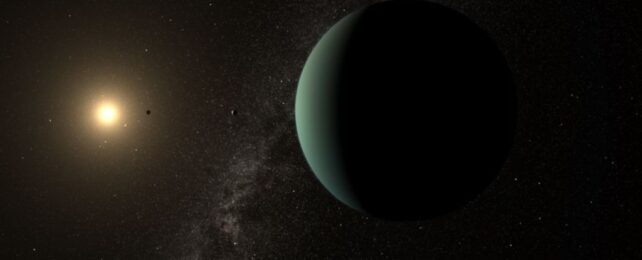An exoplanet with some key ingredients to support life may be lurking closer than we thought.
Around a star just 20 light-years from the Solar System, astronomers have confirmed the existence of what might be a habitable world. The exoplanet HD 20794 d is just under six times the mass of Earth, orbiting a Sun-like star at the right distance for liquid water to form on its surface.
Several of its properties bring its potential hospitality under question. Nevertheless, the discovery is an exciting one, suggesting that the conditions for life could be lurking right under our very noses.
"For me, it was naturally a huge joy when we could confirm the planet's existence," says astrophysicist Michael Cretignier of Oxford University in the UK.
"It was also a relief, since the original signal was at the edge of the spectrograph's detection limit, so it was hard to be completely convinced at that time if the signal was real or not. Excitingly, its proximity to us (only 20 light-years) means there is hope for future space missions to obtain an image of it."

We don't know all the ingredients that contribute to habitability, but based on life on Earth, the one thing all life requires is liquid water. So, step one for finding a habitable exoplanet is figuring out where it orbits its star.
If it's too close, any liquid water on its surface would evaporate under the star's heat. If it's too far from the star's warmth, any liquid water would freeze solid. Around every star, theoretically at least, there's an orbital range where liquid water could exist. This range is known as the habitable zone.
The star HD 20794 is a promising prospect for habitable worlds as we know them. It's a yellow dwarf star, like the Sun, but a little smaller and older, which means it's in the peak of its hydrogen-fusing lifespan, but has been around long enough for any orbiting exoplanets to stabilize.
In 2011, astronomers announced the discovery of three exoplanets in orbit around HD 20794, but teasing out more information has been a little tricky. A breakthrough came in 2022, when Cretignier spotted a faint, periodic wobble in the star's spectrum that may have been produced by an exoplanet, gravitationally tugging the star as the two bodies danced in a mutual orbit.
Because the signal was so faint, Cretignier and his colleagues needed to very carefully analyze the data, and even collect more observations using the European Southern Observatory's ESPRESSO instrument, the successor to the HARPS instrument behind the initial detection.
With all this data in hand, though, the exoplanet became clear. HD 20794 d is a world with a minimum mass of 5.82 times the mass of Earth, with a radius between 1.7 and 2.1 times that of Earth. And its orbit – around 648 days long – carries it smack-bang into the star's habitable zone.
But there are some caveats. The orbit of HD 20794 d is elliptical, or oval in shape; only part of its orbit is through the habitable zone, with its apastron, or farthest point, carrying it far from the star to distances where water would freeze.
Astronomers also don't know the exact radius of the exoplanet, which means they can't calculate its density – a trait that would reveal its composition. If it's smaller in radius, it could be a rocky, terrestrial-like super-Earth. If it's larger, it could be a puffy, gaseous mini-Nepune, which may alter its prospects for habitability.
Future research will be needed to learn more about this tantalizing, potentially habitable world right in the Solar System's backyard.
"While my job mainly consists of finding these unknown worlds," Cretignier says, "I'm now very enthusiastic to hear what other scientists can tell us about this newly discovered planet, particularly since it is among the closest Earth-analogues we know about and given its peculiar orbit."
The research has been published in Astronomy & Astrophysics.
